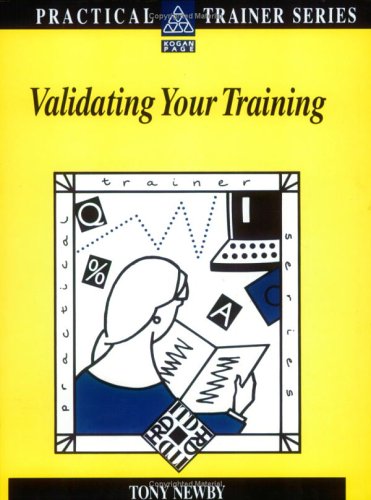Practical Trainer S.
3 total works
The ability to validate the success of a training programme and to determine modification requirements is essential for any trainer. This text aims to cut through the tangle of existing definitions by devising a step-by-step guide to the development of tests and procedures which will determine the success of a programme. The author explains how to implement validation and describes behaviour and attitudes towards training. The book scrutinizes the conditions and standards required for testing and includes a section related to the use of statistics in training.
The absence of a person with the formal title of "trainer" in an organization does not mean that no training takes place. It is a fact that much job-related training is arranged in an informal way by line and sales managers, supervisors, computer specialists, accountants and other company personnel, who all have an element of training responsibility for their staff in their job. This book addresses the needs of all these "informal trainers". It offers practical guidance on how they can get the best and most cost-effective results from the effort they put into arranging staff training. Taking a step-by-step approach, the author outlines the advantages of training, explains how to select an appropriate training method for the need identified, advises on when it is more effective to buy in services and how to ensure you get value for money from consultants, outlines straightforward training methods that all occasional trainers can use, and summarizes the steps involved in evaluating the return on investment in training.


